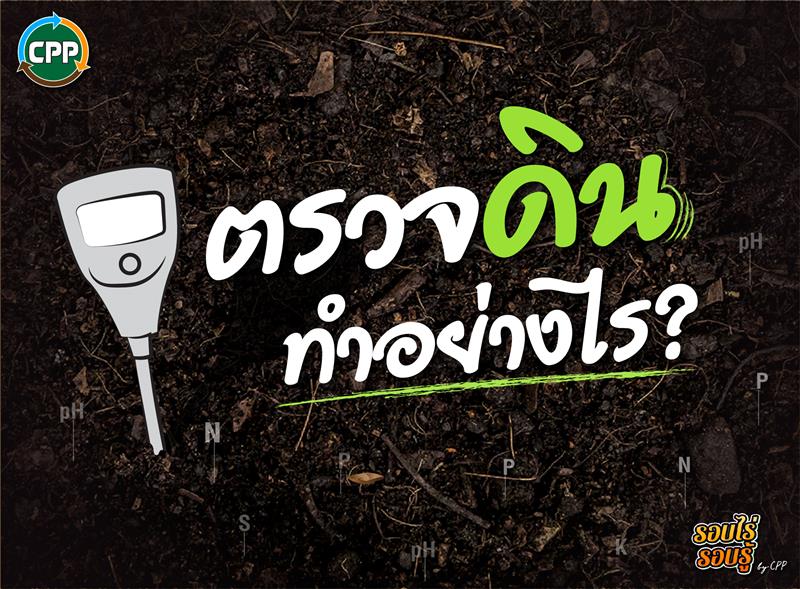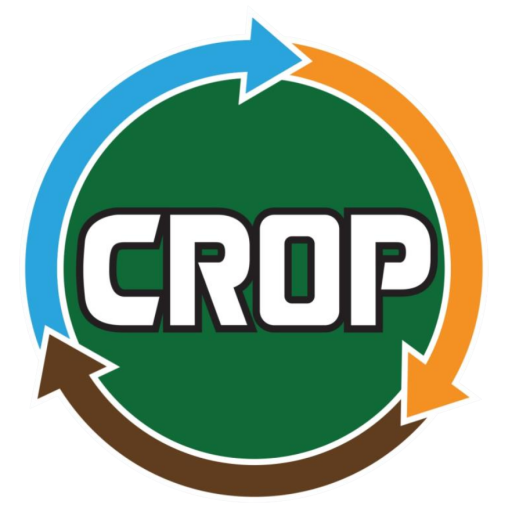
How to test soil?
"Soil" is a crucial factor that profoundly affects the growth of plants. Therefore, farmers should be familiar with their soil to understand the nutrient levels, soil problems, and appropriate solutions. This knowledge is essential for using fertilizers that meet the specific needs of crops. The soil testing process involves 4 steps:
Collecting Soil Samples
Laboratory Analysis
Interpreting Analysis Results
Providing Recommendations
Collecting soil samples consists of a simple 3-step:
Randomly collect soil samples from approximately 16 points per sample, spreading them across the field in a zigzag or grid pattern. Dig at each point to a depth of about 15 centimeters and a thickness of approximately 2-3 inches.
Take the collected soil samples, grind the soil, and mix it thoroughly. Divide the soil into 4 parts, choose one part, and scoop soil from the selected part into a bag, aiming for a quantity of 0.5 – 1 kilogram.
Write the details on the plastic bag and send to the analysis station
CPP’s research of corn seed and quality assurance




